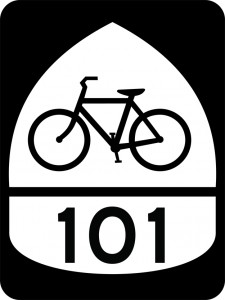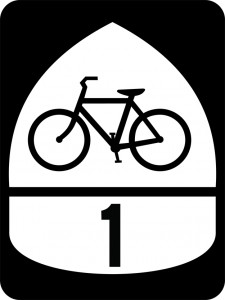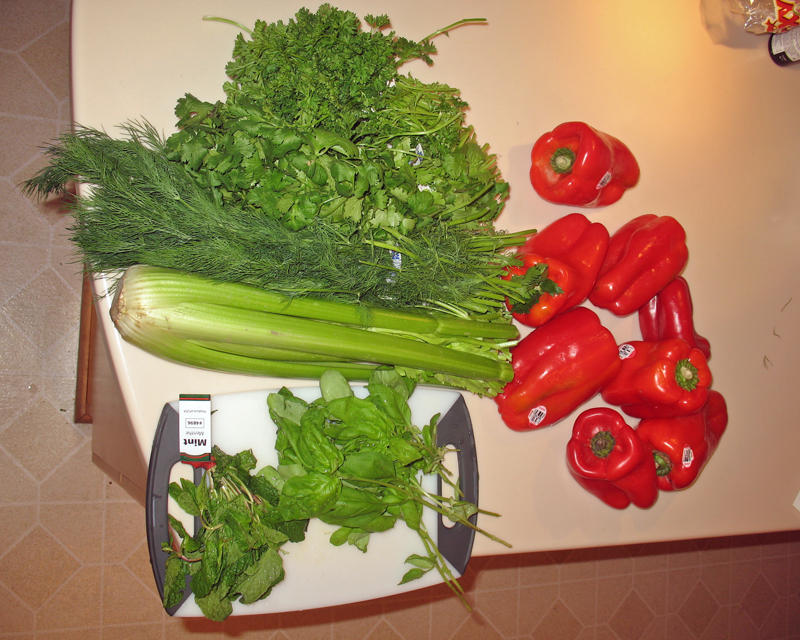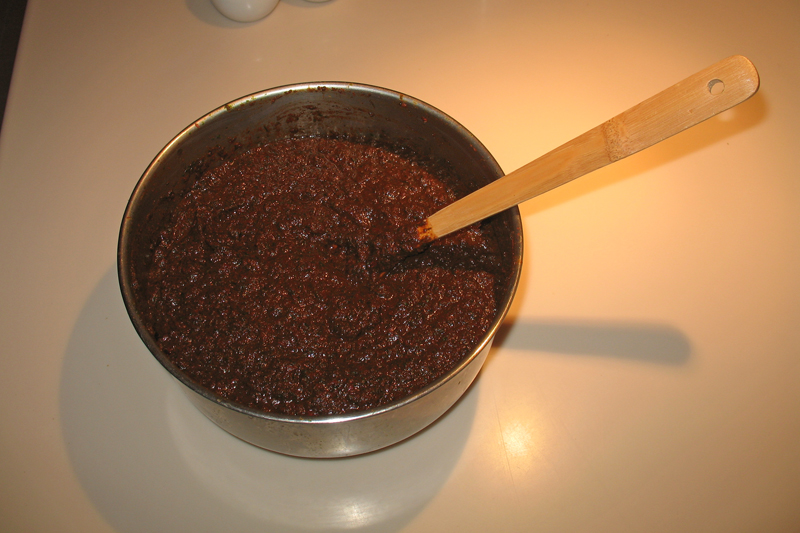This blog exists partially as an outlet for a particular project I have long been thinking about, teased by its difficulty. Fort Reno Park, in Tenleytown, occupies one of the most historically complex sites in the District of Columbia, yet it is also one of the least understood and developed sites. It once was a farmland, a civil war fort, then a black neighborhood, and finally turned into undifferentiated parkland after an abortive attempt to create an extensive system of parks and civic buildings in DC. In the process, most of its history has been swept away, damaging the permeability of the neighborhood and acting as more of a dead zone than an asset. I am doing this primarily as a personal project, something to use for my portfolio.
I want to explore the way that social media, blogs in particular, can be used by architects to solicit information and, in turn, illuminate process for laypersons. Rather than asking questions wildly, I will present my plans, my theory, and my designs for the site and hope to get constructive criticism through the comments. I expect that the gradual revelation of plans will help locals easily digest the ideas, expose them to healthy strategies of urban design, and ultimately make them feel involved from the start. They may not be going anywhere, but the lack of productive local involvement or even transparency has resulted in sour relations with an often parochial and misinformed locale.
I hope that this develops buzz and becomes a catalyst for neighborhood identity, the explorations of place and history informing the kernel of a new spirit of Tenleytown-Tobago-AU Park. Additionally, I want to show residents the power of architecture and the value of good urban design by giving examples in the real world and relating them to local situations. Most audaciously, I want to energize the area’s community groups to act more productively, giving and getting more from those around them. Changing the values of a population is the surest way to changing lifestyles, something critical to creating a meaningful, sustainable city.
The thought of redesigning the park is nothing new. Tenleytown neighbors have been trying for years, DC Parks has made a little change, and the NPS’s CityParks project aims to make the DC parks better. Nonetheless, I will bring a decidedly different perspective to the concepts of historical preservation, park use, context, place, park design, interpretation, social capital, and management than any of these projects have before. I appreciate any thoughts on the matter. I want to know what people want to see examined or designed, so feel free to request things. I really am open to all reasonable suggestions other than “leave it alone.”
The first post, about the history of geography will be coming tonight, but in general I will post my ideas slowly – I have a job – and this will take a considerable amount of time and dedication, lasting well into the summer. If you are interested and wish to get updates most easily, rather than checking back and getting frustrated, you may want to subscribe to my RSS feed.



